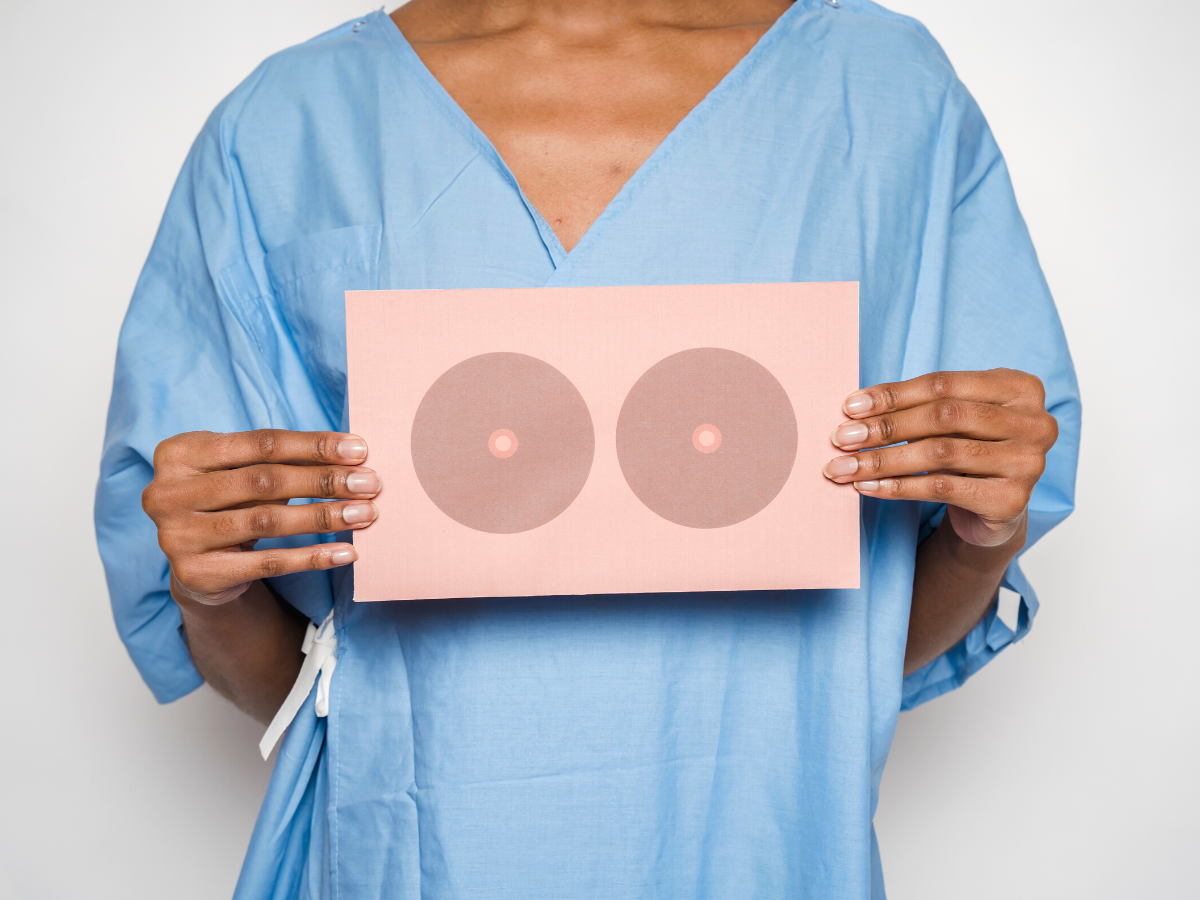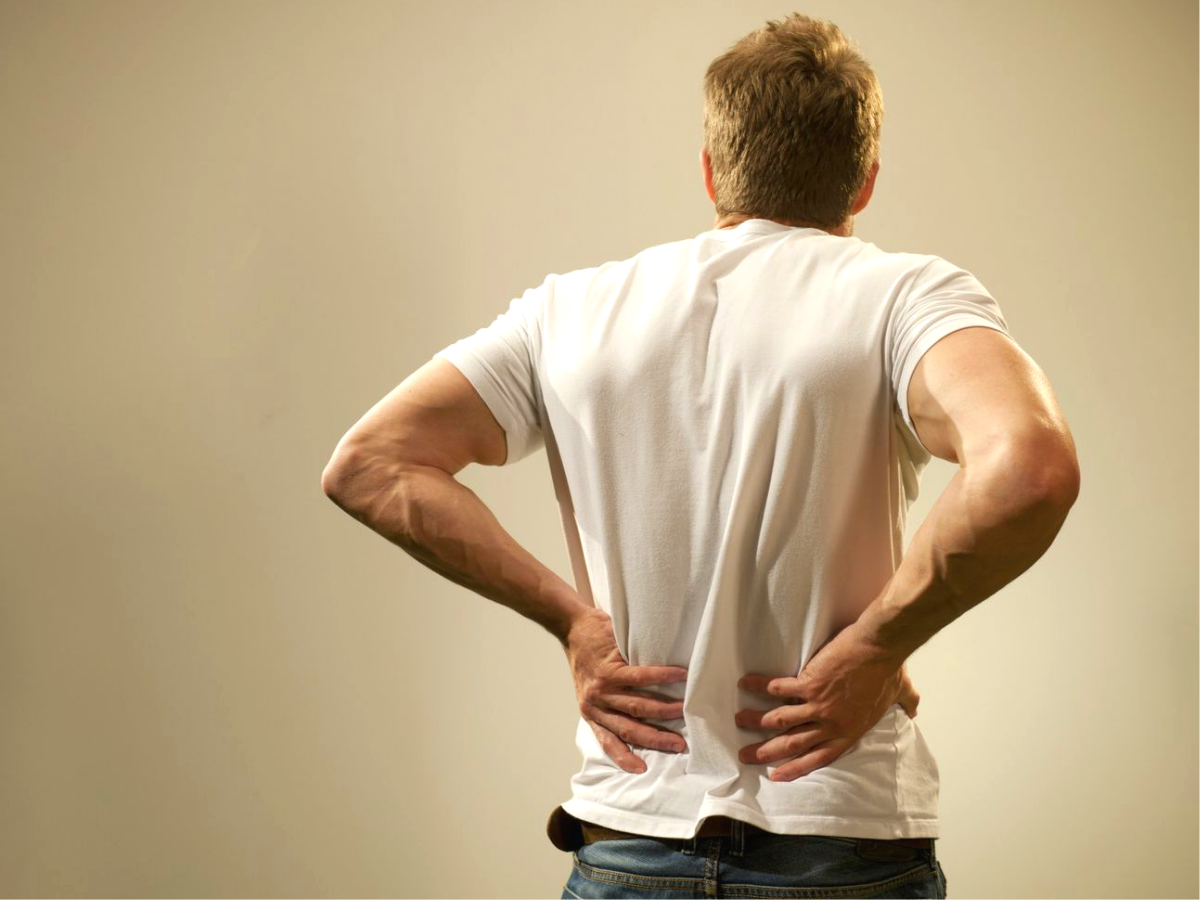Stiff-person syndrome (SPS) is a neurological disorder that can be categorised by progressive rigidity of the muscles and ‘repeated episodes of painful muscle spasms’. It is a rare autoimmune disease and it affects about one in a million people. There is yet to be a known cause for it and it can sometimes occur along with other autoimmune diseases such as diabetes, thyroiditis and pernicious anaemia.
SPS used to be referred to as stiff-man syndrome, however, as progressively more women were diagnosed with the disorder, the name was changed to stiff-person syndrome to reflect the fact that it can affect anyone of any gender. In fact, women are twice as likely to have SPS compared to men.
The muscle stiffness usually fluctuates – for instance, a person with SPS can be very stiff one day and then the next, feel more mobile. This rigidity is accompanied by very painful spasms which can be triggered by a variety of events, such as sudden noise or physical contact and emotional distress. People with SPS can have abnormal postures, ‘often hunched over and stiffened.’
Many researchers view the rare disease as a spectrum, ranging from involving only one area of the body to becoming a ‘widespread, rapidly progressive form’ which can affect the brainstem and spinal cord. Stiff-person syndrome is usually diagnosed through the identification of characteristic symptoms, a thorough patient history, and clinical evaluation.
Symptoms and treatment
The most common symptoms of SPS include fluctuating and progressive muscular rigidity accompanied by muscle spasms. These symptoms can remain stable for many years as well as worsen depending on the individual. For many, SPS starts out slowly over the course of a couple of months or even a few years. In the beginning, the syndrome causes aching and stiffness predominantly in the lower back and legs, and over several years this rigidity becomes fixed, affecting the upper body as well. This results in a slow, stiff-like walk, with individuals developing an ‘inward curving of the lower spine’, also referred to as hyperlordosis.
In addition, other symptoms like painful muscle spasms can occur both spontaneously and due to triggers, such as the aforementioned sudden loud noises or light physical contact. Cold temperatures and situations that cause emotional distress are also potential triggers. These episodes of spasms can last from just a few minutes to several hours and involve a specific region or the entire body. Since this includes the legs, people with SPS are more likely to fall.
The severity of stiff-person syndrome varies from person to person, however, if it is left untreated, it can negatively impact the person’s quality of life. It can become extremely difficult to perform everyday activities, such as walking. The life expectancy ranges from 6 to 28 years from the onset of the disease.
To treat the symptoms of stiff-person syndrome, thus stabilising them, people with the disease have to take a mix of different medications. The medications include diazepam (Valium), a sedative that can help relieve muscle stiffness and treat the episodic spams; baclofen, a muscle relaxant; and steroids to aid with the immune response. A study also found that intravenous immunoglobulin treatment was effective in reducing the muscle stiffness as well as ‘lowering sensitivity to noise, touch, and stress’ in people living with SPS. Different therapies like acupuncture, physical and aqua therapy can also be helpful.
While medication can relieve the painful symptoms of stiff-person syndrome, there is still no cure for the disorder. Therefore, the majority of individuals with the syndrome have repeated falls as they ‘lack the normal defensive reflexes’. The injuries from these falls can be very severe and that contributes to significantly reducing the lifespan of people living with SPS.
Accessibility for people with stiff-person syndrome
As stiff-person syndrome affects the person’s mobility, it becomes extremely difficult to access public transport and walk around for longer periods of time. Besides being too disabled to walk or move, individuals with SPS often develop agoraphobia and decide not to leave the house because of their anxiety around potentially triggering spasms and falls, also fearing the crossing of large and open spaces without the help of others. Some people may need to walk with the help of a cane or will eventually have to use a wheelchair in order to move.
As disabled people, they have to face additional obstacles for simply moving from one place to the other. Even in London, one of the most well-connected cities in the world, the underground services barely accommodate people with disabilities. The London tube passes through 272 stations, yet only 90 tube stations have step-free access for wheelchair users and people with restricted mobility. This links to a wider issue surrounding the accessibility of public transport and lack thereof for disabled people.
Providing more support for people living with stiff-person syndrome is just as important as the pursuit of a cure. It is important to take into account all kinds of diseases, no matter how rare they are, and focus on improving education and accessibility in every area of society.
About the author: Giulia Castagnaro is a contributing Features writer with a Master’s degree in ‘Gender, Society and Representation’ and an interest in social and cultural politics, and healthcare.
Recommended for you

Antidepressant Prescribing at Six-Year High
More people are taking antidepressants than ever. Is this a dark sign of the times or an indication that mental health stigma is changing?

Can AI be Used to Determine Cancer Recurrence?
When cancer patients go into remission, they often worry about it coming back. AI can now help identify those at risk of cancer recurrence.

Pegasus – Still a Threat to the UK?
The notorious Pegasus spyware has been misused to exploit vulnerabilities in devices, even those kept within the walls of Number 10.
Trending

Drug Decriminalisation: Could the UK Follow Portugal?
Portugal’s drug decriminalisation has reduced drug deaths and made people feel safe seeking support. Would the UK ever follow suit?

Calling All Unvaccinated UK Adults
With Covid cases rising, the NHS is urging the 3 million UK adults who remain unvaccinated to come forward.





